I burn my finger. First-Degree Burn Treatment: Expert Guide to Minor Burn Care
How to effectively treat a first-degree burn at home. What are the best immediate steps to take after burning your finger. When should you seek medical attention for a minor burn.
Understanding First-Degree Burns: Causes and Symptoms
First-degree burns are the mildest type of burn, affecting only the outer layer of skin. They’re often caused by brief contact with hot objects, liquids, or sunburn. Recognizing the symptoms is crucial for proper treatment.
Common symptoms of a first-degree burn include:
- Redness of the skin
- Mild swelling
- Pain
- Dry, peeling skin as the burn heals
Is it possible to mistake a first-degree burn for a more severe burn? While first-degree burns are typically easy to identify, it’s important to assess the burn carefully. If you notice blistering or charred skin, you may be dealing with a second-degree or third-degree burn, which requires immediate medical attention.
Immediate First Aid for Minor Burns
When you burn your finger or any other part of your body, taking quick action can help alleviate pain and promote faster healing. Here are the steps to follow immediately after sustaining a minor burn:
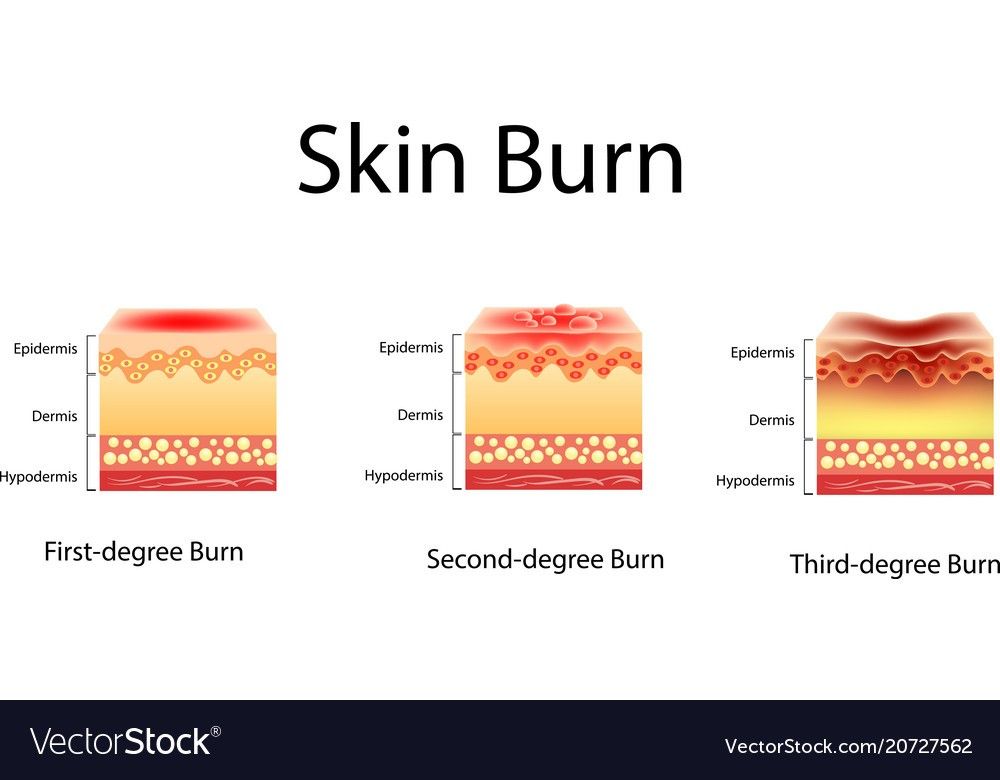
- Cool the burn: Hold the affected area under cool (not cold) running water for about 10-20 minutes. This helps to stop the burning process and reduce pain.
- Remove any jewelry or tight clothing: Swelling may occur, so it’s best to remove these items before they become difficult to take off.
- Apply a gentle moisturizer: After cooling, apply a water-based moisturizer or aloe vera gel to soothe the skin.
- Cover the burn: Use a sterile, non-stick gauze bandage to protect the area from further damage.
Can you use ice on a burn? It’s best to avoid applying ice directly to a burn as it can cause further damage to the skin. Stick to cool running water for the most effective and safe treatment.
Home Remedies for First-Degree Burn Relief
While professional medical treatment isn’t typically necessary for minor burns, several home remedies can help soothe the skin and promote healing:
- Aloe vera gel: Known for its cooling and anti-inflammatory properties
- Honey: Has natural antibacterial qualities that can prevent infection
- Cool compresses: Can help reduce pain and swelling
- Over-the-counter pain relievers: Such as ibuprofen or acetaminophen can help manage pain
Are there any natural remedies to avoid when treating burns? While many natural remedies can be helpful, it’s best to avoid applying butter, oils, or egg whites to burns. These can trap heat and increase the risk of infection.

When to Seek Medical Attention for a Burn
Most first-degree burns can be treated at home, but there are instances when professional medical care is necessary. Seek immediate medical attention if:
- The burn covers a large area of the body
- The burn is on the face, hands, feet, genitals, or a major joint
- You notice signs of infection, such as increased pain, redness, or fever
- The burn doesn’t seem to be healing after a few days
Do all burns leave scars? First-degree burns typically don’t leave scars as they only affect the outer layer of skin. However, more severe burns or improperly treated minor burns may result in scarring.
Signs of Infection in Burns
While rare in first-degree burns, it’s crucial to monitor for signs of infection, which may include:
- Increased pain, swelling, or redness
- Fever
- Pus or foul-smelling discharge from the burn
- Swollen lymph nodes
If you notice any of these symptoms, consult a healthcare professional promptly.
Long-Term Care and Healing for Minor Burns
Proper care in the days and weeks following a minor burn can help ensure optimal healing and minimize the risk of complications. Here are some tips for long-term care:
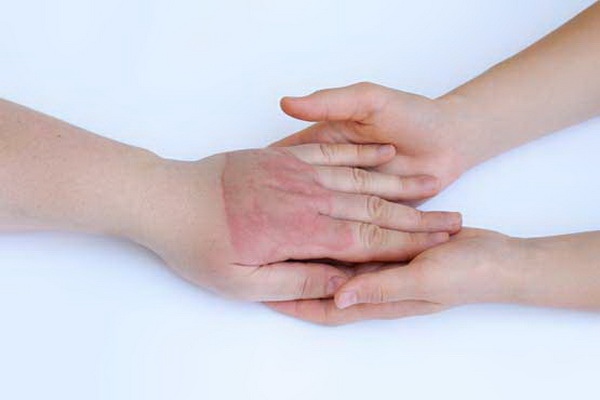
- Keep the burn area clean and dry
- Change dressings regularly, following your healthcare provider’s instructions
- Continue to moisturize the area to prevent dryness and itching
- Protect the burned area from sun exposure
- Avoid picking at or scratching any scabs that form
How long does it typically take for a first-degree burn to heal? Most first-degree burns heal within 7-10 days with proper care. However, healing time can vary depending on the size and location of the burn, as well as individual factors such as age and overall health.
Preventing First-Degree Burns: Safety Measures and Precautions
While accidents happen, many burns can be prevented by taking appropriate safety measures. Consider the following precautions to reduce the risk of burns:
- Use oven mitts when handling hot cookware
- Keep hot liquids away from the edges of tables and counters
- Set your water heater temperature to 120°F (49°C) or lower
- Use sunscreen and protective clothing to prevent sunburns
- Install smoke detectors and keep a fire extinguisher in your home
Are some people more prone to burns than others? While anyone can sustain a burn, certain groups may be at higher risk, including young children, older adults, and individuals with sensory impairments or mobility issues.

Understanding Different Types of Burns: Beyond First-Degree
While this article focuses on first-degree burns, it’s important to understand the different types of burns to ensure appropriate treatment. Burns are classified into three main categories:
- First-degree burns: Affect only the outer layer of skin (epidermis)
- Second-degree burns: Damage both the epidermis and the layer underneath (dermis)
- Third-degree burns: Extend through all layers of skin and can affect underlying tissues
How can you distinguish between different types of burns? Here are some key differences:
- First-degree burns: Red, painful, dry
- Second-degree burns: Blistered, very painful, may appear moist
- Third-degree burns: Can appear white, black, or charred; may be painless due to nerve damage
Second and third-degree burns always require professional medical attention due to their severity and risk of complications.
Chemical and Electrical Burns
In addition to thermal burns, it’s important to be aware of chemical and electrical burns, which require specific treatment approaches:

- Chemical burns: Caused by strong acids, alkalis, or other chemicals. Immediate and thorough rinsing with water is crucial.
- Electrical burns: Result from contact with electrical current. These can be deceptively serious, as internal damage may be more severe than external signs suggest.
Both chemical and electrical burns should be evaluated by a medical professional, even if they appear minor on the surface.
Burn First Aid Kits: Essential Supplies for Home and Travel
Being prepared for minor burns can make a significant difference in the immediacy and effectiveness of treatment. Consider assembling a burn first aid kit with the following items:
- Sterile gauze pads of various sizes
- Adhesive tape
- Scissors
- Tweezers
- Antibacterial ointment
- Aloe vera gel
- Pain relievers (e.g., ibuprofen, acetaminophen)
- Clean cloth or towel for cooling burns
- Bottled water (if clean running water isn’t available)
Where should you keep your burn first aid kit? It’s advisable to have one easily accessible in your home, typically in the kitchen where many burns occur, and a travel-sized version for your car or when on the go.
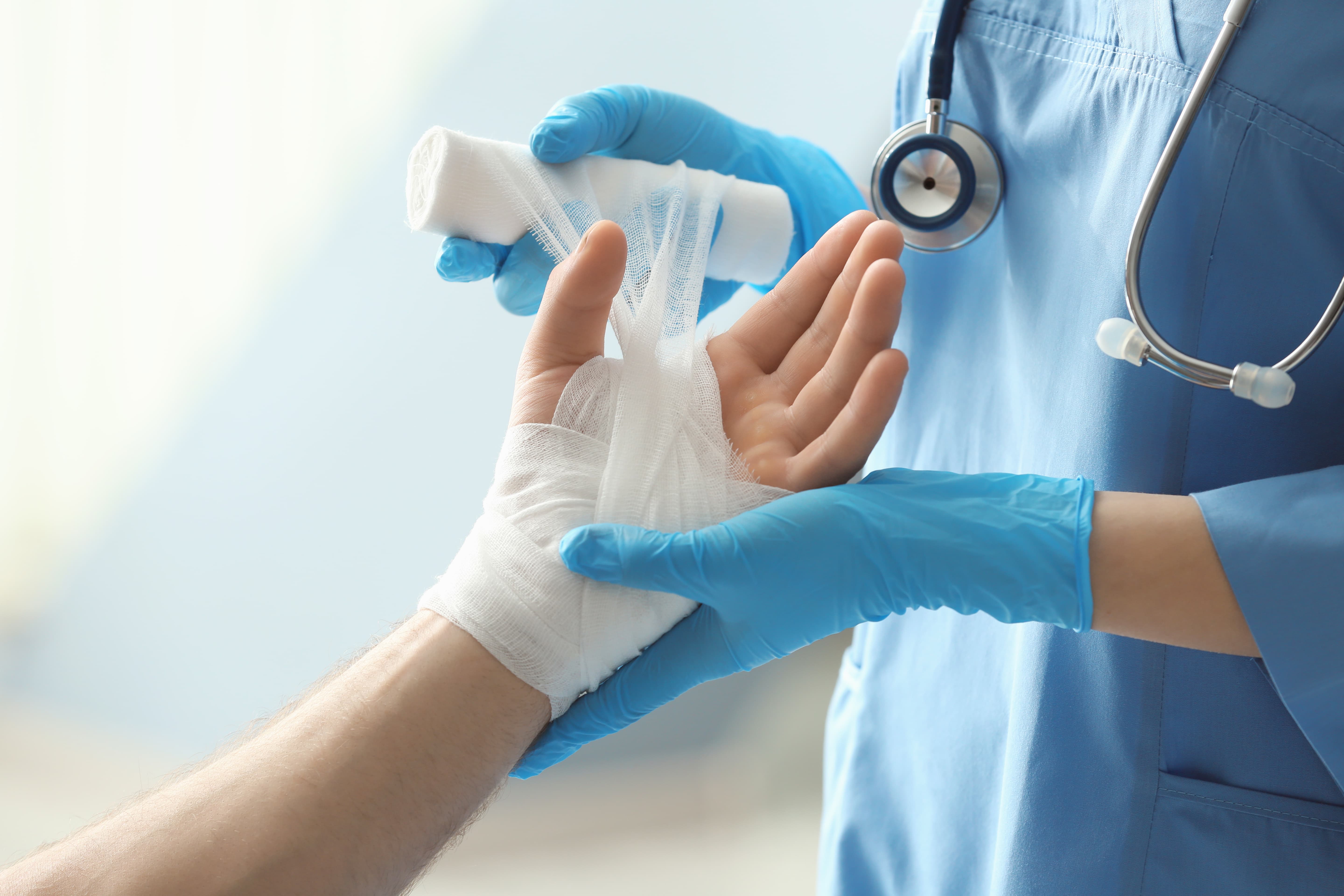
Digital Burn Assessment Tools
In today’s digital age, several smartphone apps and online tools can help assess burns and provide guidance on treatment. While these can be useful resources, they should not replace professional medical advice, especially for more severe burns.
Can digital tools accurately assess burn severity? While some apps use artificial intelligence to analyze burn images, they should be used cautiously and in conjunction with professional medical advice when there’s any doubt about the severity of a burn.
Psychological Impact of Burns: Dealing with Pain and Anxiety
Even minor burns can be painful and distressing. It’s important to address not only the physical aspects of burn treatment but also the psychological impact. Here are some strategies to cope with burn-related pain and anxiety:
- Practice deep breathing exercises
- Use distraction techniques, such as listening to music or engaging in a favorite activity
- Consider mindfulness or meditation to manage pain perception
- Seek support from friends, family, or a professional counselor if needed
For children who have experienced burns, age-appropriate explanations and reassurance can help alleviate fears and promote healing.
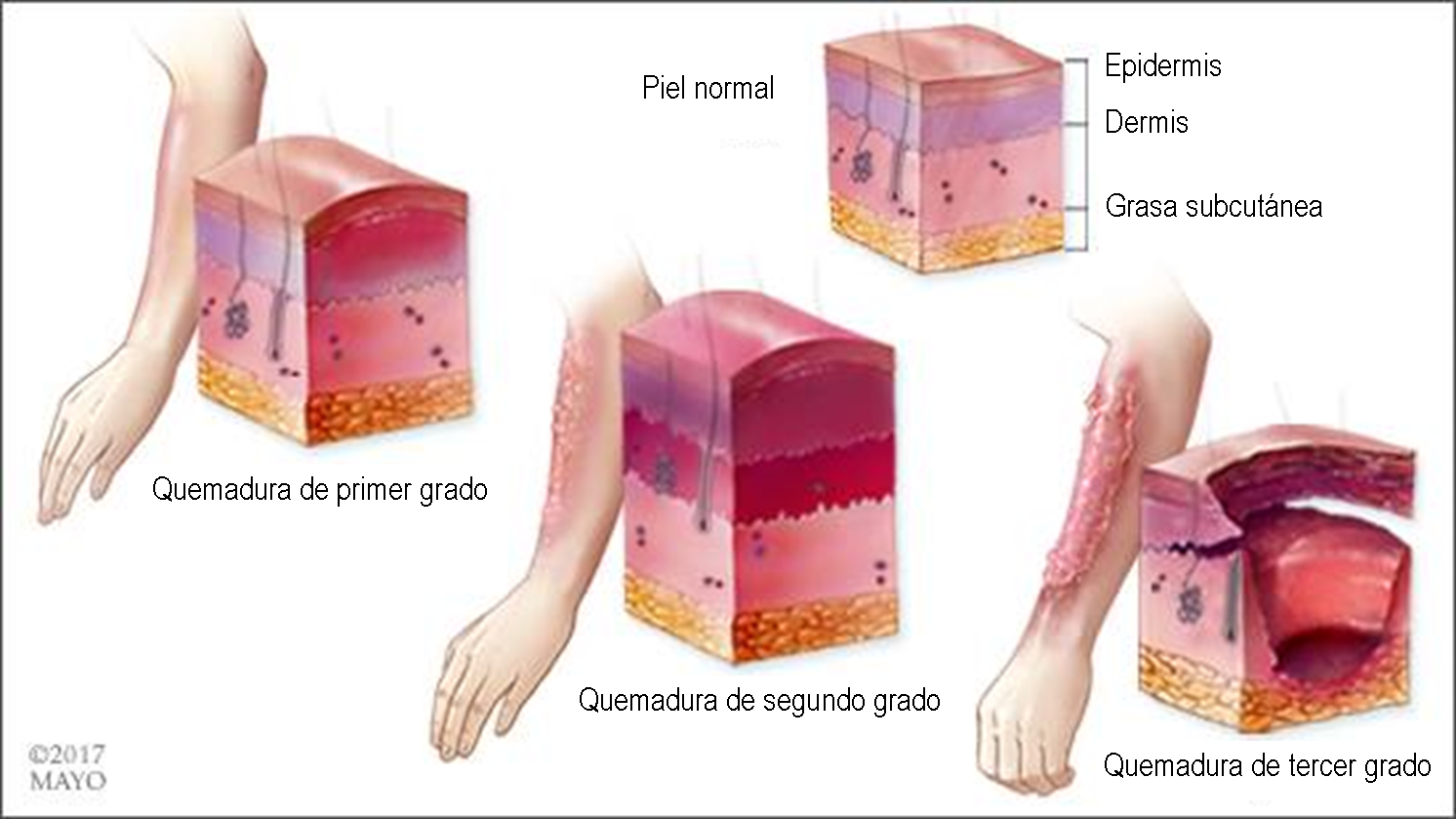
Does the psychological impact differ for more severe burns? While first-degree burns typically have minimal long-term psychological effects, more severe burns can lead to significant emotional challenges, including body image issues and post-traumatic stress. In such cases, professional psychological support is often beneficial.
Support Groups and Resources
For individuals dealing with more significant burns or ongoing effects, support groups can provide valuable emotional support and practical advice. Many organizations offer resources for burn survivors and their families, including:
- Online forums and chat groups
- Local support meetings
- Educational materials and workshops
- Camps and retreats for burn survivors
These resources can be particularly helpful for those dealing with the long-term physical and emotional effects of more severe burns.
Nutritional Considerations for Burn Healing
Proper nutrition plays a crucial role in wound healing, including recovery from burns. While first-degree burns typically don’t require significant dietary changes, ensuring adequate nutrition can support the healing process. Consider the following nutritional tips:
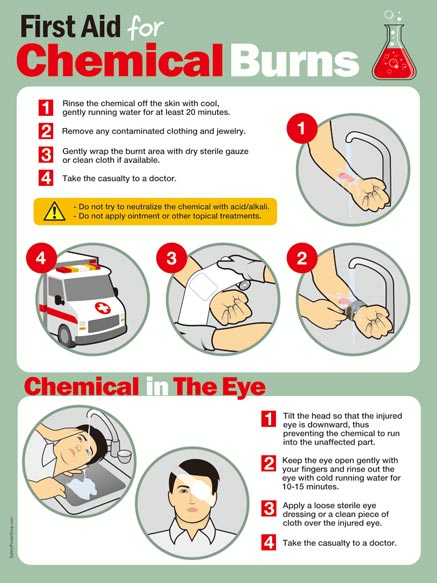
- Stay hydrated: Drink plenty of water to support skin health and overall recovery
- Consume protein-rich foods: Protein is essential for tissue repair
- Incorporate vitamin C: This nutrient supports collagen production and immune function
- Include zinc-rich foods: Zinc plays a role in wound healing and immune health
- Consider omega-3 fatty acids: These may help reduce inflammation
Are there specific foods that can speed up burn healing? While no single food can dramatically accelerate healing, a balanced diet rich in vitamins and minerals supports the body’s natural healing processes. Foods like leafy greens, citrus fruits, lean meats, and fish can be particularly beneficial.
Supplements for Burn Recovery
In some cases, healthcare providers may recommend supplements to support burn healing, especially for more severe burns. These might include:
- Vitamin C supplements
- Zinc supplements
- Protein powders
- Multivitamins
It’s important to consult with a healthcare professional before starting any supplement regimen, as some supplements can interact with medications or have side effects.
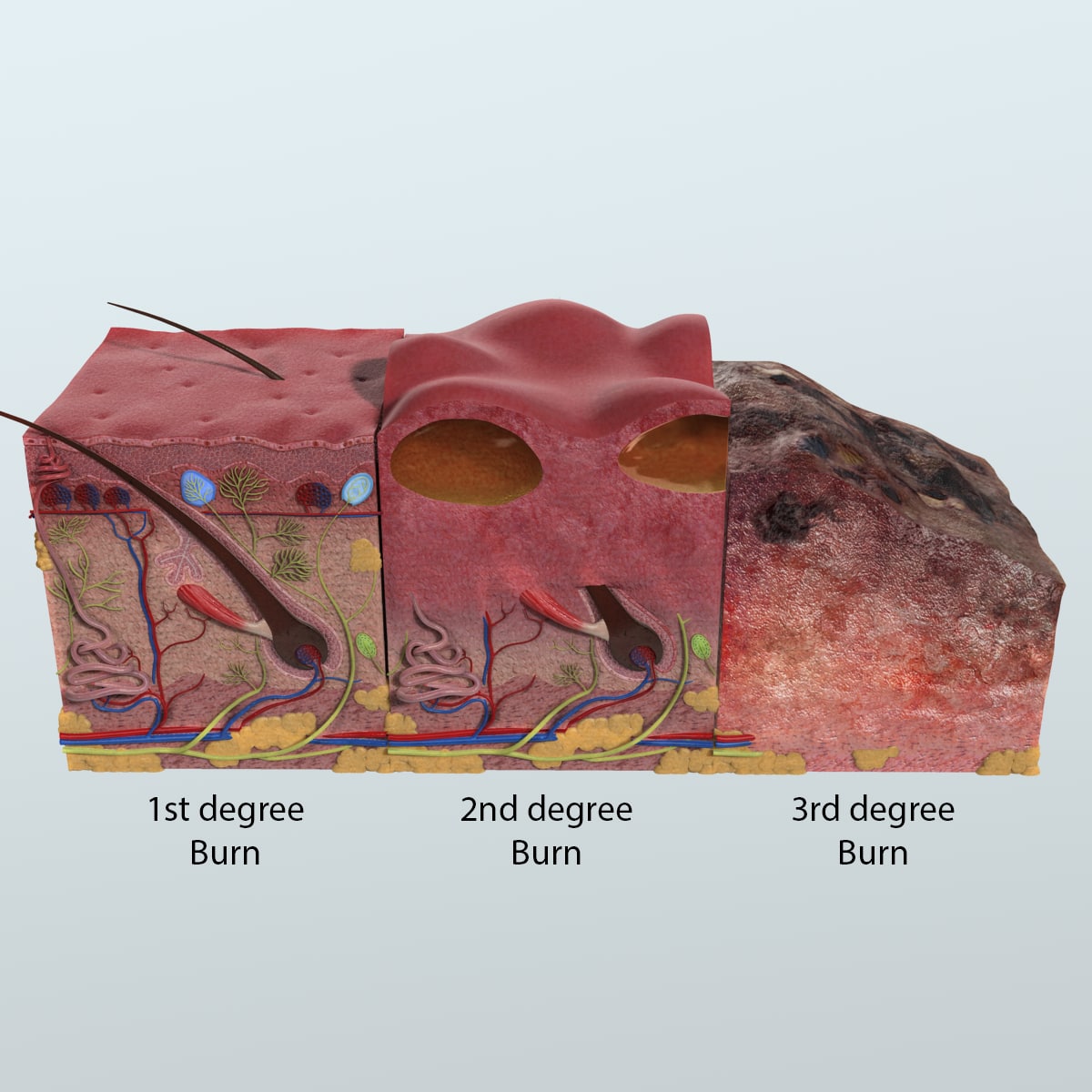
Innovations in Burn Treatment: Current Research and Future Prospects
While the treatment of minor burns has remained relatively consistent over the years, research into more advanced treatments for severe burns continues to evolve. Some exciting areas of research include:
- Skin substitutes and bioengineered skin grafts
- Stem cell therapies for burn healing
- Advanced wound dressings with antimicrobial properties
- Laser treatments for burn scars
- Virtual reality for pain management during burn treatment
How might these innovations impact the treatment of minor burns in the future? While many of these advancements are primarily focused on severe burns, some technologies, such as advanced wound dressings, may eventually become standard for treating even minor burns, potentially speeding up healing and reducing the risk of complications.
Telemedicine in Burn Care
The rise of telemedicine has also impacted burn care, allowing for remote assessment and follow-up care in some cases. This can be particularly beneficial for:
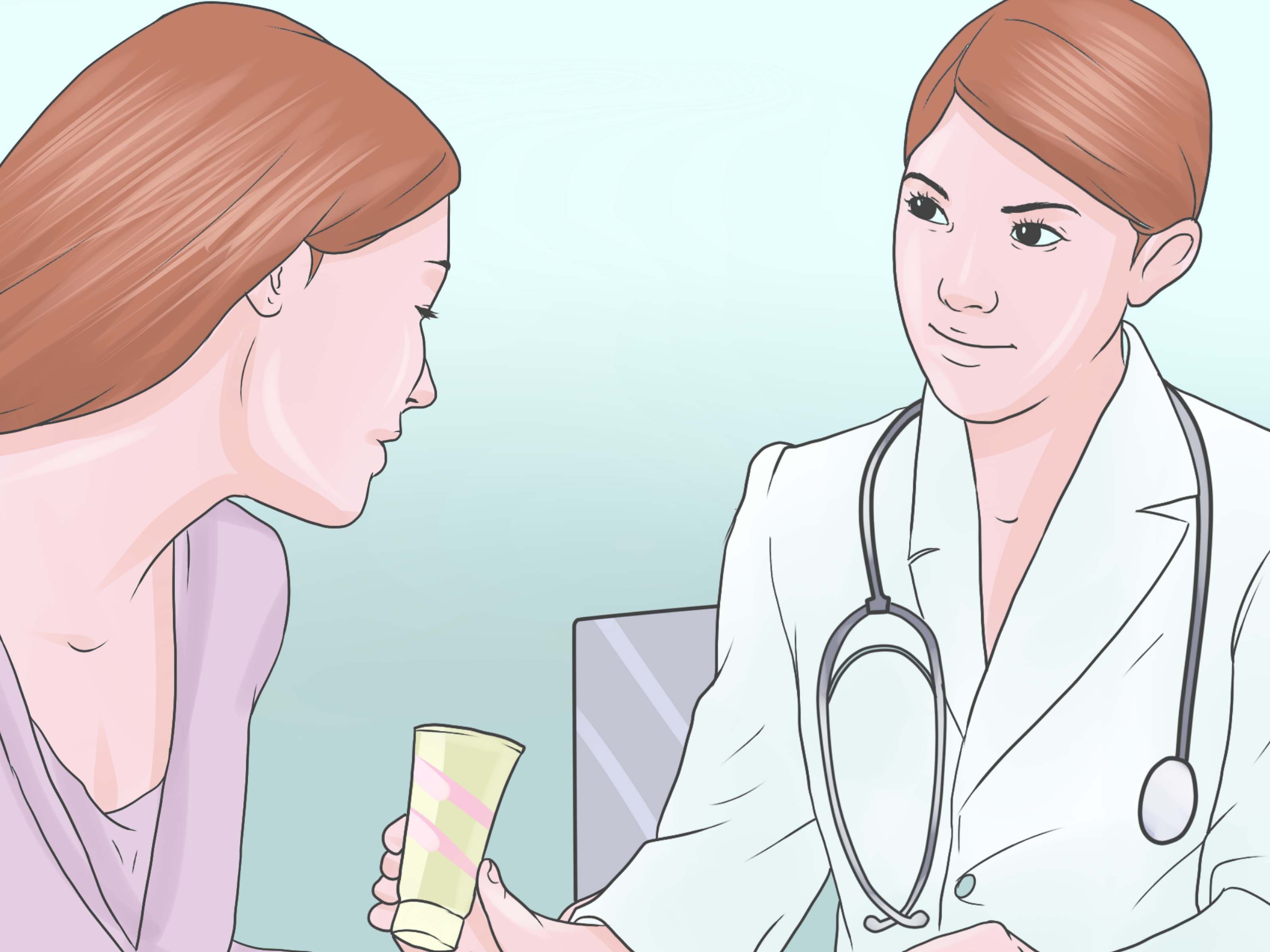
- Initial triage of burns
- Follow-up assessments
- Providing guidance on wound care
- Connecting patients with burn specialists, especially in rural areas
While telemedicine cannot replace in-person care for serious burns, it can be a valuable tool for managing minor burns and providing ongoing support during the healing process.
As research continues and technology advances, the field of burn care is likely to see further improvements in treatment methods, healing times, and patient outcomes across all types of burns, from minor first-degree burns to more severe injuries.
How to treat a first-degree, minor burn
Diseases & conditions
-
Coronavirus Resource Center
-
Acne
-
Eczema
-
Hair loss
-
Psoriasis
-
Rosacea
-
Skin cancer
-
A to Z diseases
-
A to Z videos
- DIY acne treatment
- How dermatologists treat
- Skin care: Acne-prone skin
- Causes
- Is it really acne?
- Types & treatments
- Childhood eczema
- Adult eczema
- Insider secrets
- Types of hair loss
- Treatment for hair loss
- Causes of hair loss
- Hair care matters
- Insider secrets
- What is psoriasis
- Diagnosis & treatment
- Skin, hair & nail care
- Triggers
- Insider secrets
- What is rosacea
- Treatment
- Skin care & triggers
- Insider secrets
- Types and treatment
- Find skin cancer
- Prevent skin cancer
- Raise awareness
- Español
Featured
How Natalie cleared her adult acne
Natalie tried many acne products without success. Find out how a board-certified dermatologist helped Natalie see clear skin before her wedding.
Find out how a board-certified dermatologist helped Natalie see clear skin before her wedding.
JAK inhibitors: A newer type of medication
JAK inhibitors are helping patients with alopecia areata, eczema/atopic dermatitis, psoriasis, and vitiligo. Here’s what you need to know.
Everyday care
-
Skin care basics
-
Skin care secrets
-
Injured skin
-
Itchy skin
-
Sun protection
-
Hair & scalp care
-
Nail care secrets
- Basic skin care
- Dry, oily skin
- Hair removal
- Tattoos and piercings
- Anti-aging skin care
- For your face
- For your skin routine
- Preventing skin problems
- Bites & stings
- Burns, cuts, & other wounds
- Itch relief
- Poison ivy, oak & sumac
- Rashes
- Shade, clothing, and sunscreen
- Sun damage and your skin
- Aprenda a proteger su piel del sol
- Your hair
- Your scalp
- Nail care basics
- Manicures & pedicures
Featured
Practice Safe Sun
Everyone’s at risk for skin cancer.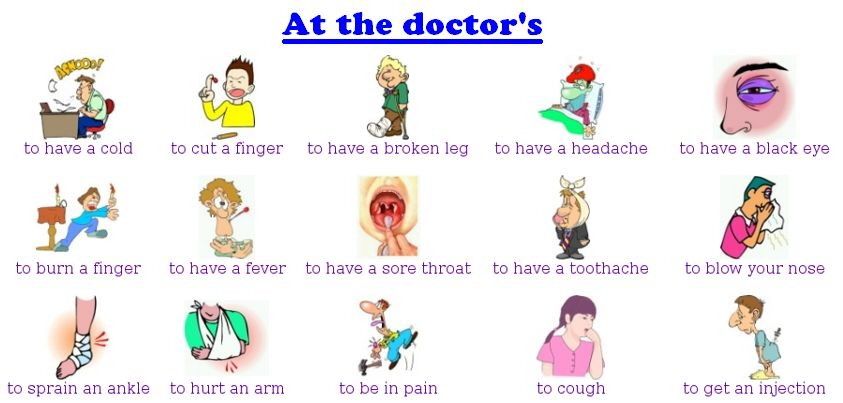 These dermatologists’ tips tell you how to protect your skin.
These dermatologists’ tips tell you how to protect your skin.
Relieve uncontrollably itchy skin
Find out what may be causing the itch and what can bring relief.
Darker Skin Tones
-
Skin care secrets
-
Hair care
-
Hair loss
-
Diseases & Conditions
- Acne
- Dark spots
- Dry skin
- Light spots
- Razor bumps
- Caring for Black hair
- Scalp psoriasis
- Weaves & extensions
- Central centrifugal cicatricial alopecia
- Frontal fibrosing alopecia
- Hairstyles that pull can cause hair loss
- Acanthosis nigricans
- Acne keloidalis nuchae
- Hidradenitis suppurativa
- Keloid scars
- Lupus and your skin
- Sarcoidosis and your skin
- Skin cancer
- Vitiligo
- More diseases & conditions
Featured
Fade dark spots
Find out why dark spots appear and what can fade them.
Untreatable razor bumps or acne?
If you have what feels like razor bumps or acne on the back of your neck or scalp, you may have acne keloidalis nuchae. Find out what can help.
Cosmetic treatments
-
Your safety
-
Age spots & dark marks
-
Cellulite & fat removal
-
Hair removal
-
Scars & stretch marks
-
Wrinkles
-
Younger-looking skin
Featured
Laser hair removal
You can expect permanent results in all but one area. Do you know which one?
Do you know which one?
Scar treatment
If you want to diminish a noticeable scar, know these 10 things before having laser treatment.
Botox
It can smooth out deep wrinkles and lines, but the results aren’t permanent. Here’s how long botox tends to last.
Public health programs
-
Skin cancer awareness
-
Free skin cancer screenings
-
Kids’ camp
-
Good Skin Knowledge
-
Shade Structure grants
-
Skin Cancer, Take a Hike!™
-
Awareness campaigns
-
Flyers & posters
-
Get involved
- Lesson plans and activities
- Community grants
Featured
Free materials to help raise skin cancer awareness
Use these professionally produced online infographics, posters, and videos to help others find and prevent skin cancer.
Dermatologist-approved lesson plans, activities you can use
Free to everyone, these materials teach young people about common skin conditions, which can prevent misunderstanding and bullying.
Find a dermatologist
-
Find a dermatologist
-
What is a dermatologist?
-
FAAD: What it means
-
How to select a dermatologist
-
Telemedicine appointments
-
Prior authorization
-
Dermatologists team up to improve patient care
Featured
Find a Dermatologist
You can search by location, condition, and procedure to find the dermatologist that’s right for you.
What is a dermatologist?
A dermatologist is a medical doctor who specializes in treating the skin, hair, and nails. Dermatologists care for people of all ages.
First aid for treating minor burns
Speaking of Health
Topics in this Post
- Safety
- Emergency Medicine
It’s easy to get a burn on your arm or hand from a hot pan while cooking. Extremely hot water — over 110 degrees Fahrenheit — can cause burns, as can stoves, fires, hot food and the sun.
Most burns are minor and you can manage them at home, but it’s important to know the signs of a more serious burn. More severe burns can cause serious complications and may require emergency treatment. One of the most important things to do is to act fast.
Burns cause different degrees of damage.
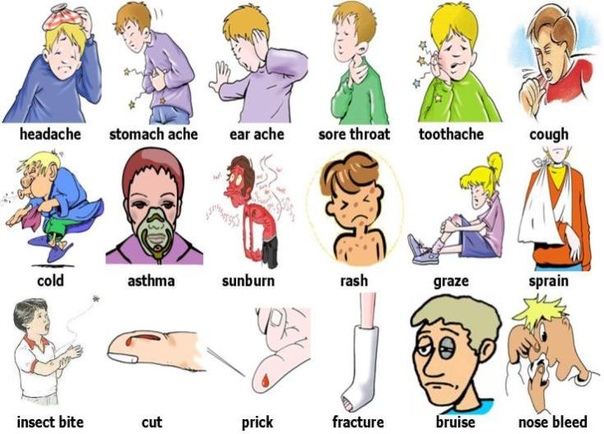
- A first-degree burn is minor. It affects only the outer layer of the skin.
- A second-degree burn affects the second layer of skin, called the dermis.
- A third-degree burn reaches into the deeper layers beneath the skin.
Treating a minor burn
There are many myths about how to treat a minor burn. Your questions may include: Should you pop the blister? Do you use hot or cold water on it? Is it good to cover a burn with a bandage?
Follow these tips for treating a minor burn:
- Place the burned area under running water slightly colder than room temperature for 10 to 15 minutes or until the pain eases. Or put a cool, clean, damp cloth on the burn.
- Be aware that the burned area may swell. Remove tight items, such as rings or clothing, from the burned area as quickly as possible.
- Do not break a blister if it’s bigger than your little fingernail. If the blister does break, clean it with mild soap and water.
 Apply an antibiotic ointment, and cover the area with a bandage or gauze.
Apply an antibiotic ointment, and cover the area with a bandage or gauze. - Applying moisturizer, aloe vera gel or other pain relief gels may provide temporary relief. Don’t slather on butter — sometimes mentioned as a home remedy — because it retains heat and could be contaminated with bacteria.
- Keep the wound covered with a loose dressing to help it stay clean and decrease pain.
- Ease the pain with an over-the-counter pain reliever, such as Ibuprofen, naproxen or acetaminophen.
- Make sure you’ve had a tetanus shot within the last 10 years because you can get tetanus through an open wound in the skin.
When to see your health care team after a burn
See your health care team if the symptoms worsen or a larger blister develops. Large blisters are best removed by health care professional as they rarely will remain intact on their own.
Also, seek care if the burn:
- Covers a large area of the body
- Has other associated injuries
- Has infection-like signs, such as oozing from the wound, increased pain, redness and swelling
- Involves the area around the eyes, nose or mouth
- Is severe or deep
Call 911 for emergency medical help for major burns.
Get more safety tips:
- Don’t let unsafe toys spoil holiday fun
- Use caution with fireworks
- Should super glue be in your first-aid kit?
- Household safety checklist for senior citizens
Paul Horvath, M.D., practices emergency medicine in Eau Claire and Menomonie, Wisconsin.
Topics in this Post
- Safety
- Emergency Medicine
Related Posts
Don’t let unsafe toys spoil holiday fun
Make this spring a safe one
Farm safety tips and reminders
Hotel room and time of burning matches One by one persistently burning my fingers I will be your… ▷ Socratify.Net
“Hot spots” on the body and the center of the fire,
And lips, trying to touch the source of vices,
Desperately they will go dumb and waste in vain
Priceless bliss within the familiar circle
Bring back “love” from familiar quotes,
Start enjoying the temptation of the forbidden sound,
Call me “the best of bad habits.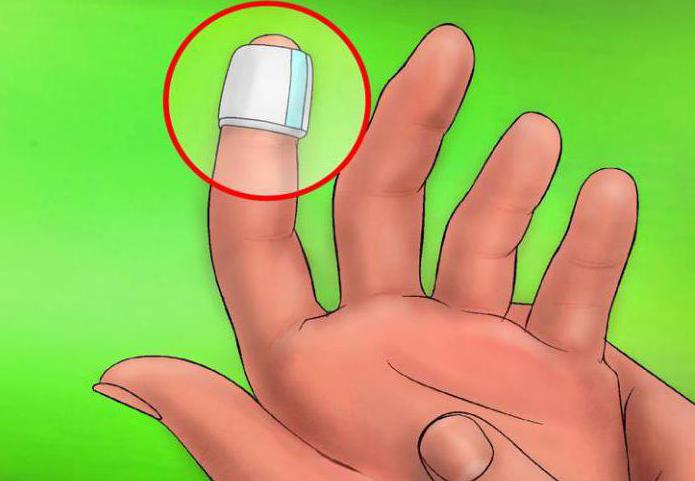 ”
”
Previous
PreviousTrack.
Next
BestLoveTimePain
RELATED QUOTES
RELATED QUOTES
The further you can get away from yourself and your habits, the more you can achieve. All the most interesting things in the world lie outside your personal comfort zone.
Benedict Cumberbatch (2)
Wolf and goat. We will agree on an economic basis: I will not eat your grass, and in return you will voluntarily supply me with your meat.
Karel Capek (50+)
We are slaves of our habits.
Change your habits and your life will change.
Robert Kiyosaki (30+)
Such is life: one turns between thorns and does not prick; the other carefully watches where to put his feet, and yet stumbles upon thorns in the middle of the best road and returns home skinned to the point of losing consciousness.
Denis Diderot (100+)
Science has found a cure for most of our ills, but has never found a cure for the worst of them, indifference.
Helen Keller (20+)
A scholar who, while striving for truth, is at the same time ashamed of bad dress and bad food, should not be argued with.
Confucius (100+)
Many people will come and go from your life, but only true friends will leave traces in your heart!
Anna Eleanor Roosevelt (20+)
Miracles exist only because of our misunderstanding of nature, and not in nature itself.
Michel de Montaigne (100+)
In an effort to earn a living, do not forget about life itself.
Robin Sharma (50+)
It is easier to give up great goals than small habits.
Alexander Leszek Kumor (100+)
Show the best
- home
- ❤❤❤ Irina Golovanova — 22 quotes
10 rules of life. Diary of a very funny woman. / Centralized Library System of Kanavinsky District
They say about people like me: show your finger – they will laugh. Yes it is. It’s nothing you can do. I can laugh to tears at the most insignificant occasion. For example, having heard about the recipe for jelly from the tails. The trouble is that I have a very rich imagination. In my brain, words instantly take on a visual image, and an image instantly appears, as on a monitor screen. Sometimes my laughter confuses people. I laughed in the hospital five minutes after the birth of my most beloved person. He was an exact copy of the one who was lucky enough to become his father. The resemblance was amazing: even the manner of wrinkling the nose and the displeased expression on the face. It was impossible to look at it calmly, and I laughed like the biblical Sarah. Two doctors, who had been working with me for three days, decided that the cuckoo had “flyed” at the problematic woman in labor, and they gave me a sedative injection.
Yes it is. It’s nothing you can do. I can laugh to tears at the most insignificant occasion. For example, having heard about the recipe for jelly from the tails. The trouble is that I have a very rich imagination. In my brain, words instantly take on a visual image, and an image instantly appears, as on a monitor screen. Sometimes my laughter confuses people. I laughed in the hospital five minutes after the birth of my most beloved person. He was an exact copy of the one who was lucky enough to become his father. The resemblance was amazing: even the manner of wrinkling the nose and the displeased expression on the face. It was impossible to look at it calmly, and I laughed like the biblical Sarah. Two doctors, who had been working with me for three days, decided that the cuckoo had “flyed” at the problematic woman in labor, and they gave me a sedative injection.
I laugh when other women cry, or at least get very upset. For example, when a heel breaks, tights are torn, or you slam on a freshly painted bench. I repeat: I have a rich imagination, and I see all this as if from the outside. And yet – everyone knows the situation: you wander around the apartment and try in vain to remember where you put your favorite sneakers. You stop under the mezzanine, look up thoughtfully, open the door – bam! The box flies down, the contact area is under the eye! The next morning, to everyone who is curious about where I got a savory black eye, I am pleased to announce: “Yesterday I fought with my husband, I won!” Everyone immediately begins to sympathize with her husband: “Poor man, what’s wrong with him? If she has such blanche? Lonely ladies are jealous: they don’t even have to fight with anyone! So the main rule of my life appeared: “You should not cry where you can laugh.” I received this rule from my father – an incorrigible optimist, humorist and merry fellow. No one could make me laugh like he did. Once, rescuers at sea almost by mistake loaded us into a boat. We laughed so hard that bubbles floated on the water.
I repeat: I have a rich imagination, and I see all this as if from the outside. And yet – everyone knows the situation: you wander around the apartment and try in vain to remember where you put your favorite sneakers. You stop under the mezzanine, look up thoughtfully, open the door – bam! The box flies down, the contact area is under the eye! The next morning, to everyone who is curious about where I got a savory black eye, I am pleased to announce: “Yesterday I fought with my husband, I won!” Everyone immediately begins to sympathize with her husband: “Poor man, what’s wrong with him? If she has such blanche? Lonely ladies are jealous: they don’t even have to fight with anyone! So the main rule of my life appeared: “You should not cry where you can laugh.” I received this rule from my father – an incorrigible optimist, humorist and merry fellow. No one could make me laugh like he did. Once, rescuers at sea almost by mistake loaded us into a boat. We laughed so hard that bubbles floated on the water. Having swum to the buoy, we lay on our backs, swayed on the waves, rested. Examining the toes of his feet, dad, in all seriousness, began to tell me that the well-known combination of three fingers can be shown not only with the hands, but also with the feet, then he demonstrated it. Therefore, I had another rule: if you can’t laugh, don’t start! You start, you don’t stop.
Having swum to the buoy, we lay on our backs, swayed on the waves, rested. Examining the toes of his feet, dad, in all seriousness, began to tell me that the well-known combination of three fingers can be shown not only with the hands, but also with the feet, then he demonstrated it. Therefore, I had another rule: if you can’t laugh, don’t start! You start, you don’t stop.
But the very first rule of my life came to me at the age of five, in kindergarten. In those distant years, summer walks of kindergartners were long. From 9 am after breakfast to 12 noon. Each group had its own area. On each – except for a wooden slide, a house, a swing and a sandbox – there was a wooden veranda, painted in a standard green or blue color, and in the corner, behind the veranda, a small, the same green or blue fence, inside – a wooden scaffolding, in which a round hole. No wonder – such toilets were in those years at all stations and even in the yards of apartment buildings. But I lived in an apartment with sewerage and a normal toilet! Therefore, I really did not like the green booth with the stinking hole. I preferred to endure during the walk, just not to go into this cloaca. My classmates did not differ in such squeamishness. They kept running into the booth, peeping at each other through the cracks and complaining to the teacher if someone did “by”. One day, one of the young oligophrenics came up with an exciting game – to jump over the hole with two feet from a place. I remember that I did not agree for a long time, but somehow they persuaded me. I still don’t jump well. But then… Of course, they washed me, but I still remember the smell. Since then, I have firmly observed the rule: never jump over other people’s poop – you can get into trouble! It is better to bypass them for three kilometers.
I preferred to endure during the walk, just not to go into this cloaca. My classmates did not differ in such squeamishness. They kept running into the booth, peeping at each other through the cracks and complaining to the teacher if someone did “by”. One day, one of the young oligophrenics came up with an exciting game – to jump over the hole with two feet from a place. I remember that I did not agree for a long time, but somehow they persuaded me. I still don’t jump well. But then… Of course, they washed me, but I still remember the smell. Since then, I have firmly observed the rule: never jump over other people’s poop – you can get into trouble! It is better to bypass them for three kilometers.
Another rule came to me at the age of 16. My mother inspired me from the cradle that a girl should be clean, neat, and study well. And in every possible way to decorate yourself, follow the fashion – it’s a shame. When you become an adult, you will dress up. Becoming an “adult” was postponed indefinitely. I had size 34 feet. Therefore, until the age of sixteen, shoes were bought for me in the children’s world, I went almost in sandals. When I was in the ninth grade, my mother discovered that I absolutely cannot walk in heels, and graduation is ahead! I was bought miracle shoes of the Czech company “cebo”. I still remember the soft maroon leather, the narrow nose, the graceful boat shoe, the thin but stable heel. I wore these shoes for a long time. But then … I walked in them at home on the carpet for a long time. They felt so comfortable, tight but soft around the foot. Then, in these shoes, I went to a disco for selected, very smart children. It was organized for the winners of the Olympiads and Komsomol activists. The fact that there was nothing for me to do, I understood immediately. Those who came there were not interested in me or my shoes. Dancing was also of little interest. The children were smart and active. I sat down on a chair with a clapping seat (there used to be such in clubs, fastened several in a row), pulled off my shoes from my aching feet and thought: should I go home barefoot or put on this tool of the Inquisition again? Walking on carpet at home is not at all like walking on asphalt and parquet.
I had size 34 feet. Therefore, until the age of sixteen, shoes were bought for me in the children’s world, I went almost in sandals. When I was in the ninth grade, my mother discovered that I absolutely cannot walk in heels, and graduation is ahead! I was bought miracle shoes of the Czech company “cebo”. I still remember the soft maroon leather, the narrow nose, the graceful boat shoe, the thin but stable heel. I wore these shoes for a long time. But then … I walked in them at home on the carpet for a long time. They felt so comfortable, tight but soft around the foot. Then, in these shoes, I went to a disco for selected, very smart children. It was organized for the winners of the Olympiads and Komsomol activists. The fact that there was nothing for me to do, I understood immediately. Those who came there were not interested in me or my shoes. Dancing was also of little interest. The children were smart and active. I sat down on a chair with a clapping seat (there used to be such in clubs, fastened several in a row), pulled off my shoes from my aching feet and thought: should I go home barefoot or put on this tool of the Inquisition again? Walking on carpet at home is not at all like walking on asphalt and parquet. Then I hobbled home. But I firmly learned two rules. First: first spread – then dance! And second: if the shoes are too tight, take them off! By the way, this applies not only to shoes – everything: work, relationships. I had to change shoes in my life: not often, but it happened.
Then I hobbled home. But I firmly learned two rules. First: first spread – then dance! And second: if the shoes are too tight, take them off! By the way, this applies not only to shoes – everything: work, relationships. I had to change shoes in my life: not often, but it happened.
The following five rules also appeared in the process of life. One thing I always keep. It is known that money goes to money, problems to problems, where it is thin, it breaks there. There is always a temptation to cry, complain, how unlucky! But there are things that do not decrease from division, but increase! This applies not only to joy, but also to problems. Everyone to whom you told how you got the money, what a terrible diagnosis you were given, what a scoundrel and scoundrel your husband is, of course, they will sympathize with you, perhaps even offer help, but slowly exhale: “Thank God, it’s not with me.” They will discuss it in an undertone, put forward assumptions and bewilderment, how could this happen to you at all? After all, this could have been avoided if . .. to do this and that. And the problem, meanwhile, increases exactly as many times as people know about it. Your trouble is grinning and fueled by the emotions of “sympathizers” and grows to the size of a disaster. The less people know about your troubles, the faster they will end. This is my sixth rule, which I successfully apply in my life. Recently it happened to me … No, I will not say: the rule is the rule! I will only say that the problem, which most take years to solve, was eliminated by me in a few months. I told my close friends about it later. They were amazed: “How? And did you have it? When? You’re kidding! Nobody even noticed!
.. to do this and that. And the problem, meanwhile, increases exactly as many times as people know about it. Your trouble is grinning and fueled by the emotions of “sympathizers” and grows to the size of a disaster. The less people know about your troubles, the faster they will end. This is my sixth rule, which I successfully apply in my life. Recently it happened to me … No, I will not say: the rule is the rule! I will only say that the problem, which most take years to solve, was eliminated by me in a few months. I told my close friends about it later. They were amazed: “How? And did you have it? When? You’re kidding! Nobody even noticed!
My seventh rule: even if you are very offended by someone, do not stoop to revenge. Let the universe punish the villain, it always wisely distributes sweets and cuffs. But not by yourself! The Italians say: “Revenge is a dish served cold. It is better not to cook this dish either cold or hot. Because before serving, you still have to try it yourself. “Revenge” – “eats me.” It eats up our time, energy and feelings. This is the most precious thing we have. Throw it in a muddy puddle? Spend on a bastard? See rule 3: get around other people’s poop within 3 kilometers!
“Revenge” – “eats me.” It eats up our time, energy and feelings. This is the most precious thing we have. Throw it in a muddy puddle? Spend on a bastard? See rule 3: get around other people’s poop within 3 kilometers!
The eighth rule: the best thing in life is life! Nothing hurts only the dead. There is no need to rush there. I completely agree with Comrade Sukhov: “The dead, of course, are calmer, but it’s painfully boring!” This rule came to me recently. When I breathe in the damp spring air, when I get wet in the rain without an umbrella, I remember those who will never experience such pleasure again. The list of those who will never be offended by me, from whom I will never ask for forgiveness, is lengthening every day. My head hurts – I’m glad that there is something to hurt. I burn my fingers on a hot saucepan – but I have fingers and a saucepan!
The ninth rule also came with age. They say that with age comes wisdom, but sometimes age comes alone. I don’t know if wisdom has come to me, but the time of desire has come, and another rule has appeared.

 Apply an antibiotic ointment, and cover the area with a bandage or gauze.
Apply an antibiotic ointment, and cover the area with a bandage or gauze. Change your habits and your life will change.
Change your habits and your life will change.